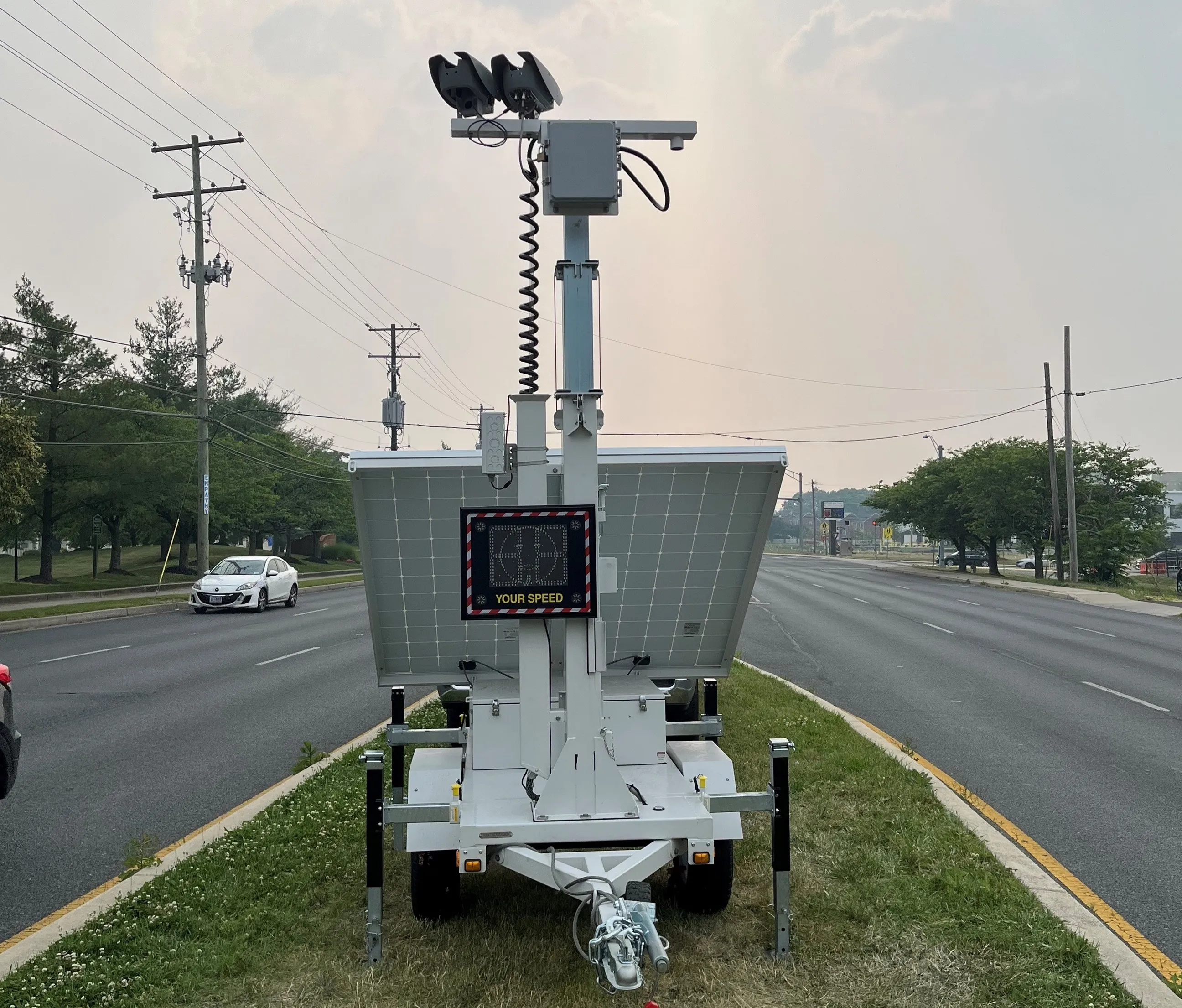Frederick County, Maryland, has turned to Xerox and its CrossSafe programme to monitor children getting on and off of the buses and record drivers who pass illegally. The company will provide the technology, software and process the violations and maintain the programme under a five-year contract. The Frederick County Sheriff’s Office will review and verify all violations before they are issued.
August 16, 2012
Read time: 2 mins
Frederick County, Maryland, has turned to 4186 Xerox and its CrossSafe programme to monitor children getting on and off of the buses and record drivers who pass illegally. The company will provide the technology, software and process the violations and maintain the programme under a five-year contract. The Frederick County Sheriff’s Office will review and verify all violations before they are issued.
The Maryland Department of Education conducted a survey in 2011, and found 7,000 cases of drivers illegally passing school buses in a single day. In Frederick County, violators who pass a school bus with its stop arm displayed can be fined up to $250, but will not have any points added to their license.
“Xerox understands our sense of urgency to address this very serious concern to student safety,” said Frederick County Sheriff Chuck Jenkins. “Violators will now face serious penalties and be held accountable for their disregard for the safety of children traveling on buses. CrossSafe is a turnkey solution that will help make bus routes safer and ease the minds of parents.”
“Without CrossSafe, school bus drivers must record violations manually – a nearly impossible feat while trying to simultaneously prevent a student from stepping into the path of an offending driver,” said Mark Talbot, group president, Americas – Local Government, Xerox. “CrossSafe allows bus drivers to focus on what matters most, the students’ safety.”
The Maryland Department of Education conducted a survey in 2011, and found 7,000 cases of drivers illegally passing school buses in a single day. In Frederick County, violators who pass a school bus with its stop arm displayed can be fined up to $250, but will not have any points added to their license.
“Xerox understands our sense of urgency to address this very serious concern to student safety,” said Frederick County Sheriff Chuck Jenkins. “Violators will now face serious penalties and be held accountable for their disregard for the safety of children traveling on buses. CrossSafe is a turnkey solution that will help make bus routes safer and ease the minds of parents.”
“Without CrossSafe, school bus drivers must record violations manually – a nearly impossible feat while trying to simultaneously prevent a student from stepping into the path of an offending driver,” said Mark Talbot, group president, Americas – Local Government, Xerox. “CrossSafe allows bus drivers to focus on what matters most, the students’ safety.”










